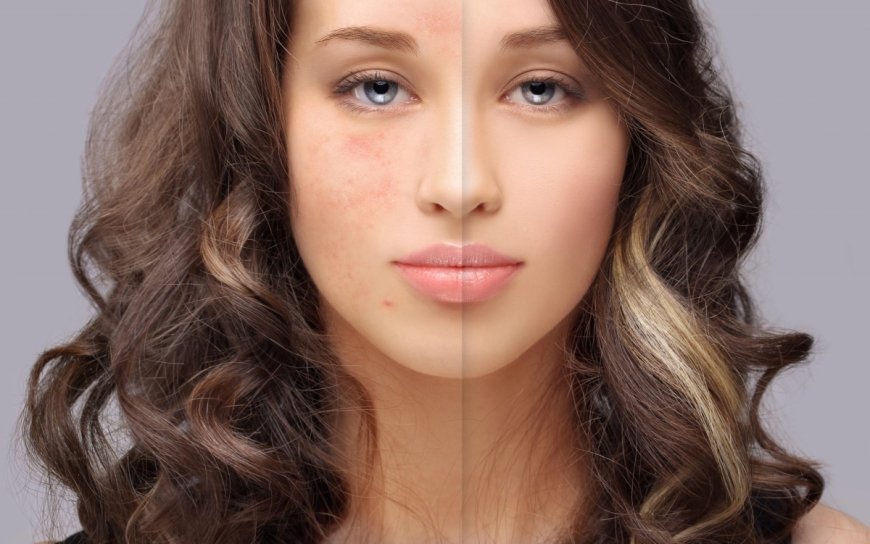Hyperpigmentation
Hyperpigmentation is the darkening of the skin caused by overproduction of the skin pigment melanin.

Hyperpigmentation is the darkening of the skin caused by overproduction of the skin pigment melanin.
It is a medical condition that affects millions of individuals across all ages and races globally, with women being the most commonly afflicted. It is characterized by dark spots, freckles, and patches of discolored skin that either appear on the face or are spread across other parts of the body. Although the condition does not pose any health risks, it can cause considerable embarrassment and self-consciousness for individuals who suffer from it.
What is Hyperpigmentation?
Hyperpigmentation is an umbrella term for any kind of skin discoloration that is caused by an increased or over-accumulation of melanin in the skin. Melanin is the pigment responsible for the color of the skin, and this discoloration can manifest in the form of moles, freckles, dark spots, or patches. Hyperpigmentation can occur at any age, but it is more commonly seen in older adults. Hyperpigmentation can spread across all regions of the skin, but is most commonly seen on the face, arms, legs, and hands. Hyperpigmentation is caused by a number of factors, including sun damage, genetics, inflammatory conditions such as acne, hormonal changes, certain medications, and even environmental factors.
Causes of Hyperpigmentation
The most common cause of hyperpigmentation is sun exposure, which contributes to the majority of hyperpigmentation cases. Prolonged sun exposure can cause damage to the skin cells, stimulating overproduction of melanin and subsequently resulting in dark spots and patches. Other factors such as genetics, birth control medications, stress, and inflammatory conditions can all contribute to the presence of this condition.
Types of Hyperpigmentation
The two main types of hyperpigmentation are Melasma and Post-Inflammatory Hyperpigmentation. Melasma is a common skin condition caused by an overproduction of melanin that results in brown patches or spots in areas of the face and body that are exposed to the sun. Post-Inflammatory Hyperpigmentation (PIH) is caused by inflammation of the skin and is the most common type of hyperpigmentation. It typically appears after an acne breakout or injury to the skin, and is characterized by reddish or dark spots that can be spread across various parts of the body.
Treatment of Hyperpigmentation
The type and severity of the hyperpigmentation is the primary factor that determines what type of treatment is best suited for the condition. Generally, the use of topical creams, lotions, and ointments is the first line of treatment for any type of hyperpigmentation. However, in more severe cases, laser treatments and chemical peels may be recommended.
Topical Treatments Topical treatments are the most commonly used form of treatment for hyperpigmentation. These treatments typically involve the use of over-the-counter creams, lotions, and ointments that contain active ingredients such as hydroquinone, retinol, and vitamin C that inhibit melanin production. These treatments are generally safe and have fewer side effects than the other available treatments.
